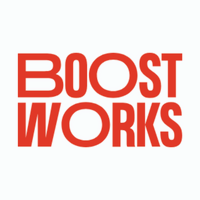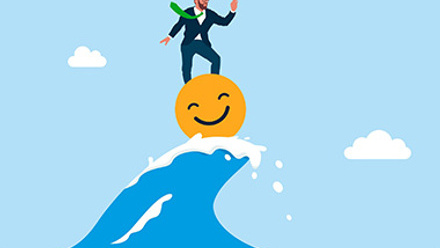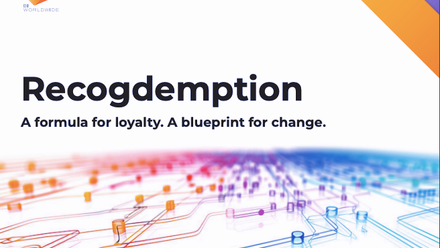Create a personalised employee rewards programme - here's how
Employee rewards and recognition are essential pieces in the employee engagement puzzle that go far beyond the seemingly transactional act of appreciating someone’s efforts.
Tailored rewards and recognition connect individuals to a common set of values and appreciate individual contributions in a way that truly boosts people.
Here are some tips to help set up a personalised benefits programme:
1. Partner with professionals
Collaborating with a professional employee reward and recognition provider means you’re in safe hands.
Good providers will be investigatory in their nature and will want to understand your current ways of working and challenges. They can then provide recommendations on how to tailor your strategy to your business as well as automate processes to make your initiatives more effective.
Do your research and take the time to consider what specific areas you need support with.
2. Understand your workforce
More than half (54%) of employees say that they’re never or rarely consulted on shaping their business’ reward programmes.
To build a personalised reward and recognition programme, you need to understand the needs, interests and makeup of your workforce.
Start by getting an in-depth view of the key demographic data of your workforce as well as location and job type.
Then go deeper and get the viewpoints of employees themselves, whether that’s through a series of focus groups or a business-wide survey.
We recommend opting for multiple touchpoints to give you the best level of detail.
3. Leverage technology
Technology should (and if you partner with the right provider, will) be responsible for the bulk of the processes involved in your programme as well as the delivery of rewards and recognition.
This will make automation and personalisation easy.
It means that things like peer-to-peer recognition, milestone awards and your reward delivery can happen like clockwork.
That’s why knowing your workforce and understanding the set-up of different roles is so critical. It’s all well and good relying on technology, but that technology needs to be easily accessible for all, so everyone has the opportunity to feel the benefits.
4. Customise to individual and business goals
For your programme to be truly tailored, you need to decide what specific goals, milestones and achievements you want your business to recognise and reward.
The aim is to align these with your business’ objectives and workplace culture and then go one step further to make these goals personal to employees.
Examples include recurring milestones such as birthdays and work anniversaries, performance-based targets or behavioural targets like your company values.
Recurring milestones can be easily personalised, if you have the right data. Performance-based rewards should be as specific as possible, whether it’s a team-based or individual goal.
Behavioural-related recognition can be tailored to your values, and all employees can play a part in recognising individuals to further reinforce these ways of operating.
5. Encourage peer-to-peer recognition
Empowering employees to recognise their colleagues is an inclusive and effective way to make recognition in your business more personal, authentic and impactful.
With a peer-to-peer recognition tool, individuals can send a message of appreciation within minutes, and all recognition gets posted to an interactive social wall, visible to all employees.
Not only is this inclusive, but when tailored to your company values it also contributes to reinforcing your business’ goals.
6. Offer reward choice
To make your employee rewards as personal as possible, give individuals choice.
By delivering your rewards through an online platform, you have the ability to choose a provider that offers choice.
That way, when an individual gets rewarded, they can select an item or voucher that they want.
7. Ask for employee input
Employee feedback on your reward and recognition programme is an essential part of keeping your efforts true to what your business and people need.
This insight gives you a clear understanding of what’s working well. Without this information, you’re in the dark as to how effective your programme is and whether it’s truly personalised.
Input could be captured through an employee survey, focus groups or you could form a committee of recognition champions – people that represent different areas of your business and are responsible for sharing feedback and shaping the future of the programme.
8. Evaluate and evolve
All employee engagement initiatives should be treated as an ever-evolving entity.
Your provider should give you access to platform usage data (ideally on demand) to help you understand how employees interact with your platform.
That, coupled with your employee insights, will give you a valuable picture of success.
Then it’s time to work towards any necessary improvements to ensure your programme continues to add value to your business and people.
Supplied by REBA Associate Member, Boostworks
We’re the people that help people thrive.








